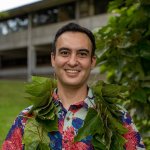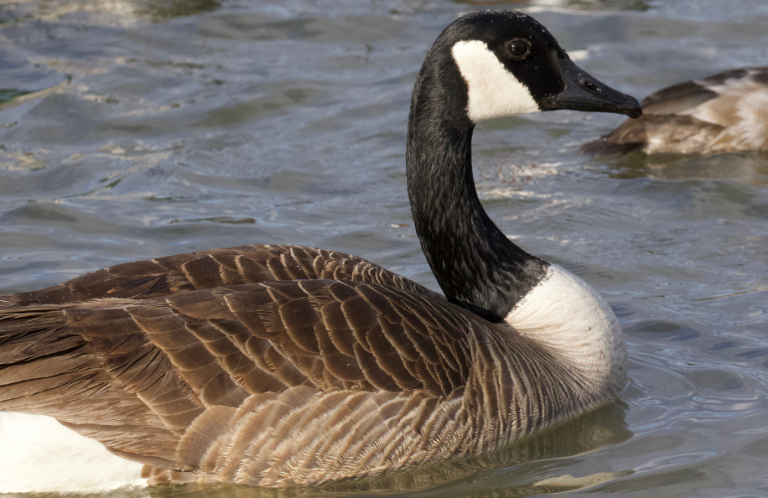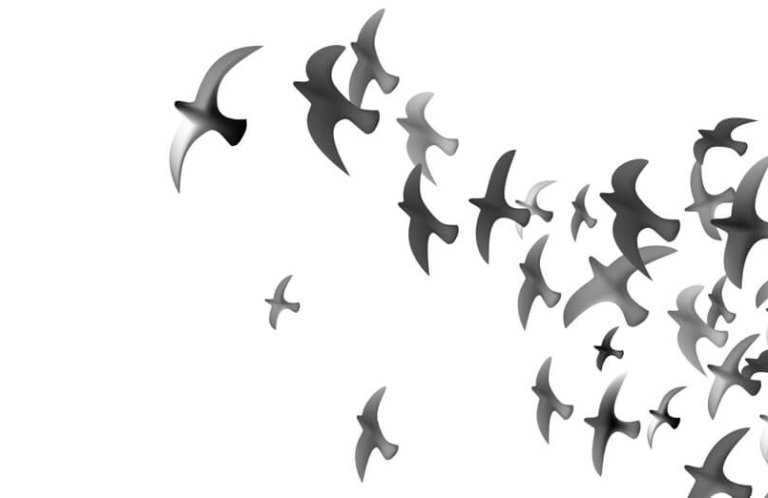Pilina: Talking to Hawaiians About their Relationships with Birds
In 2022 I had the opportunity to interview members of the native Hawaiian community through a Conservation and Justice Fellowship with American Bird Conservancy (ABC). My project, the Pilina Project, was concerned with understanding the experiences and connections that people have with native birds in Hawaiʻi. From an Indigenous lens, pilina (relationships) are a critical method of connecting with, and understanding, the world around us.
I was able to meet with five individuals from around the Hawaiian archipelago who were kind enough to share with me their thoughts, ideas, and experiences around our native birds and our forest ecosystems. On the big island of Hawaiʻi, I met with Calvin Louis, a retired sugar plantation employee, rancher, and hunter; and Alfred Galimba, a businessman, rancher, and hunter. On Maui, I sat down with Kumu Hula (a teacher of traditional dance) Cody Pueo Pata, a well-known cultural practitioner and singer. Kauaʻi was represented by Hoku Cody, a conservation professional who works with the community to provide access to native seabirds for cultural practices. Also on Maui, I spoke with Kamealoha Forrest, a lawyer and Kumu Hula from Kauaʻi who actively utilizes the forest for his own cultural practices.
I embarked on this journey with a deep personal connection to, and appreciation for, native Hawaiian forest birds. But I also recognized that my own experiences and emotions were subjective and that others might have entirely different ideas, feelings, and reasons for their relationships with birds. I knew that my limited personal perspective might be hindering me from grasping crucial aspects of the human-bird relationship.
So, I sought out these diverse individuals from across the main Hawaiian Islands to ask them about their personal experiences with native birds. Engaging with people from various backgrounds and interests allowed me to gain valuable insights into the significance of birds to native Hawaiians, and through that to humanity in general. The people I talked with viewed native forest birds in many ways: as ancestors, as tools, as ecological subjects, or even just as a reminder of our own mistakes as a society.
I eventually arrived at a significant realization: The relationship between humans and birds is the same as any other interpersonal connection. Whether close or distant, positive or negative, any relationship necessitates effort, time, and familiarity. It is more challenging to establish a bond with someone or something that remains unseen, unheard, or untouched. We need to experience birds in a tangible way to have a connection with them.
Each person I spoke with imparted a unique understanding of human-bird relationships in Hawaiʻi. Calvin Louis and Alfred Galimba showed me how easily such connections can fade into distant memories. They recounted encounters with the ʻAlalā (Hawaiian Crow) in Kaʻū, Hawai‘i during the 1950s and 1960s, vividly illustrating the profound changes that have affected the local environment since then. (The Hawaiian Crow is currently extinct in the wild.)
In contrast, Hoku Cody and Pueo Pata demonstrated the surprising capacity to revive relationships between humans and birds, even after extended periods of dormancy. Cody dedicates herself to reconnecting cultural practitioners with the utilization of native birds in their work — something that has not been possible for many years. In an ideal situation, birds are used by native Hawaiians to create astoundingly beautiful featherwork, tools for tattoos, and religious ceremonies, among other things. This has become virtually impossible due to the decline of our native birds (due to unrelated factors, namely introduced disease, habitat alteration and destruction, as well as predation and competition from invasive species), and the modern political situation of native Hawaiians. Hokuʻs work is groundbreaking in its importance for our people.
Pueo's involvement in the renaming of the Kiwikiu demonstrates how despite losing all knowledge of the traditional relationship we had with a specific bird species, we can acknowledge the importance of mutual interdependence and create new significant relationships. The Kiwikiu, also known by its English name the Maui Parrotbill, is a Critically Endangered bird that has been pushed into a tiny portion of its former range in high elevation forest on Maui. Unfortunately its traditional native Hawaiian name has been lost, and the name Kiwikiu was given to it in a ceremony in 2010 after consultation with Hawaiian language experts. The loss of its original name makes it impossible to completely understand how our ancestors viewed the Kiwikiu, but we can forge a new relationship with this bird.
Lastly, both Pueo and Kamealoha Forrest, in their roles as Kumu Hula, enlightened me on how some people have continued to maintain their relationships with other native birds and the forest. They emphasized the position of native birds within their cultural traditions and imparted wisdom on how we can responsibly engage in such relationships while immersing ourselves in the native Hawaiian forest. While much has been lost to time and the extensive land conversion and environmental degradation leading from colonialism, native Hawaiians have been able to maintain many relationships with the land. Many birds are still featured in our chants, histories and stories.
These five individuals lead distinct lives on three very different islands — Kauaiʻi, Maui, and Hawaiʻi island — each demonstrating a unique approach to nurturing and cultivating relationships with the forest and our native birds. Their diverse strategies underscore the complexity and effort required to understand the needs of both humans and other species. They highlight the ongoing commitment necessary to build a better world that respects and accommodates the diverse needs of all life on Earth.
When we began this project, we knew that we wanted to have some kind of public share out of whatever it was that was learned. Initially this was going to be just a Zoom presentation for whoever wanted to attend. As the interviews unfolded, I realized that part of an appropriate reciprocation would be to make sure that the information I learned from these individuals comes back to their communities. As a researcher, I couldnʻt just extract information from these communities. That would be tantamount to stealing.
I ended up planning different presentations for a community on each island, Kauaʻi, Maui and Hawaiʻi. I also did the Zoom presentation that we originally intended to do, and I will be doing an additional presentation sharing the Story Maps to the bird community at the Hawaiʻi Island Festival of Birds in October.
This project was a tiny step toward better understanding these needs. I think it is clear that in planning the future conservation of native bird species in Hawaiʻi, we need to bring as many different voices to the table as possible. The strength of humanity is in the diversity of its thought and culture. In the case of Indigenous peoples such as the native Hawaiians, we have our own unique perspective and understanding of Hawaiʻi and the way life functions here that can lend aid to conservation efforts in this place. Humanity seems to work best when we can better understand each other's perspectives, and I believe this is no exception.



















































